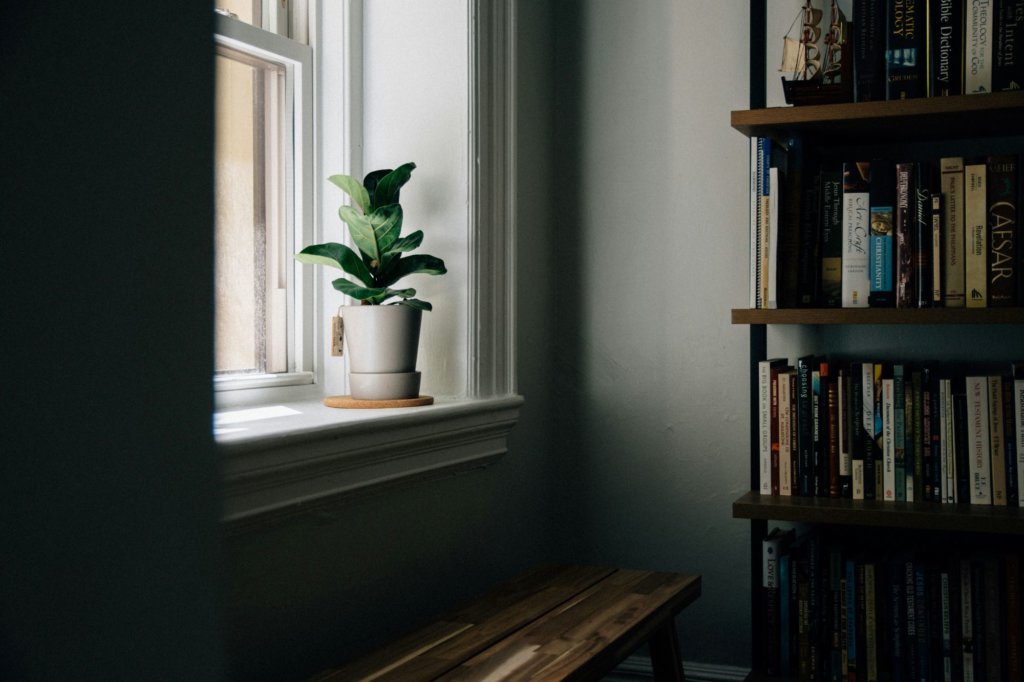As the seasons change and temperatures drop, many plants enter a period of dormancy—a natural resting phase that allows them to conserve energy until growing conditions improve. While slowed growth can seem concerning at first, it’s a normal process that just requires some simple adjustments to your care routine. Here’s what to expect and how to care for your dormant plants during winter.
What Is Plant Dormancy?
Plant dormancy is a state of reduced growth activity in response to colder temperatures, lower humidity, and shorter daylight hours. During this period, many houseplants slow or stop growing entirely to conserve energy. Some leaves may turn yellow or drop, and the plant might appear less vibrant. However, this period is simply the plant’s way of resting and preparing for the next growing season. In many cases, your plants are focusing on strengthening their roots!

Recognizing Dormancy
It’s important to understand the signs of dormancy so you don’t mistake it for an unhealthy plant. Common signs include slower growth, yellowing leaves, and a generally sadder appearance. Some houseplants—like succulents and certain tropical species—are more likely to go dormant during winter, while others may continue growing with proper care.
Adjust Watering Habits
Dormant plants require less water than they do during their active growing periods. Overwatering your plants at any time of year can lead to root rot, but it’s easier to overwater during the winter—especially if you water on a regular schedule. To avoid this, let the soil dry out completely between waterings. Pay attention to each plant’s specific needs and soil dryness and adapt accordingly.
Provide Proper Lighting
While plants adapt to less light during dormant periods, they still require some sunlight. You may need to move your plants to a spot in your house that gets good natural light during the winter. If natural light is scarce, consider supplementing with a grow light.
Avoid Fertilizing
Since dormant plants aren’t actively growing, they don’t need additional nutrients. Avoid fertilizing during the winter months and wait until growth picks up again in spring before resuming feeding.
Be Patient
Dormancy is a natural phase that allows plants to rest and recharge. Don’t worry if your plants look a little less lively—this is just part of their lifecycle. As spring approaches and the days lengthen again, your plants will begin to wake up, and you can resume your regular care routine.
Understanding and caring for dormant plants is crucial to their long-term health. By recognizing the signs of dormancy and adjusting your watering, lighting, and fertilizing habits, you can help your plants rest through the winter and emerge healthy and vibrant when spring arrives.